Home>Renovation & DIY>Tools & Equipment>How To Restore Paint Brushes
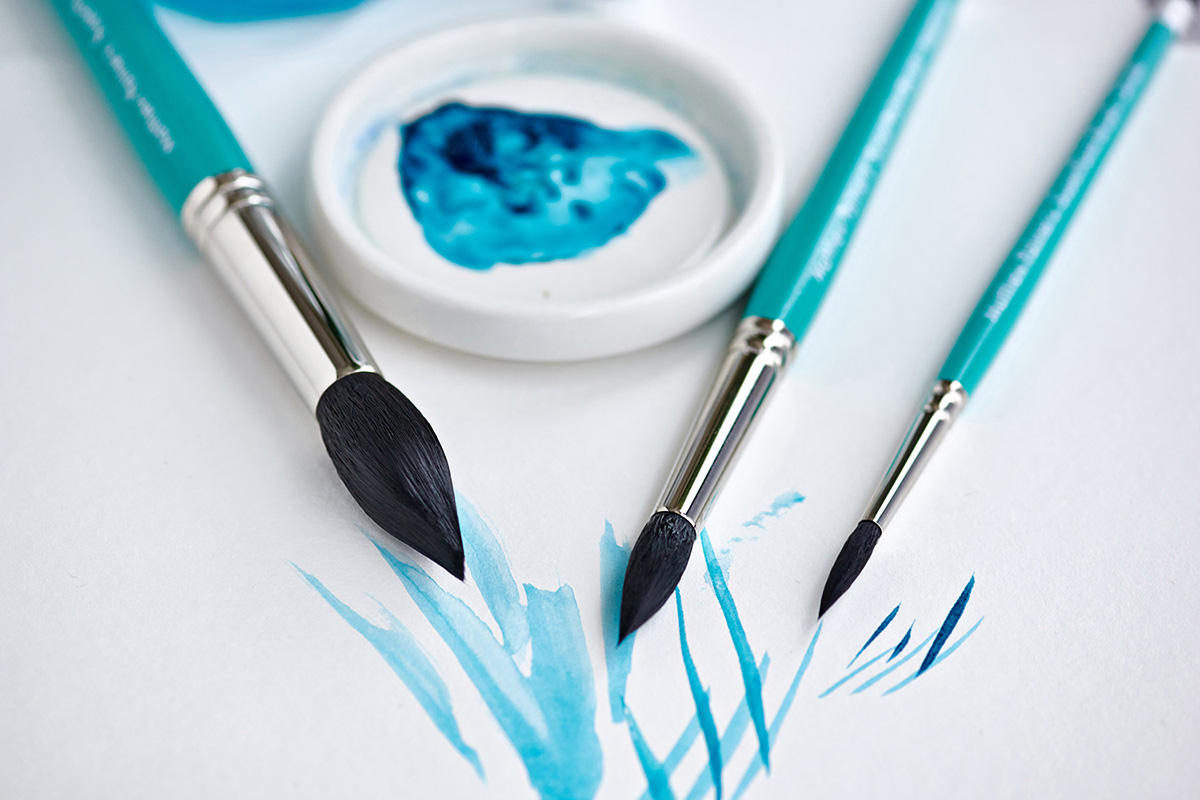

Tools & Equipment
How To Restore Paint Brushes
Modified: January 18, 2024
Learn how to restore paint brushes and extend their lifespan with our comprehensive guide. Get expert tips and techniques for maintaining tools and equipment.
(Many of the links in this article redirect to a specific reviewed product. Your purchase of these products through affiliate links helps to generate commission for Storables.com, at no extra cost. Learn more)
Introduction
Welcome to the world of painting! Whether you’re a seasoned artist, a DIY enthusiast, or just starting out, paint brushes are invaluable tools for bringing your creative visions to life. However, over time, these brushes can become caked with dried paint, resulting in stiff bristles that seem beyond repair. But fear not! With the right techniques and a little TLC, you can restore your paint brushes to their former glory, ready to tackle your next masterpiece.
In this comprehensive guide, we’ll explore the best methods for cleaning and restoring hardened paint brushes, as well as tips for proper storage to prolong their lifespan. By the end, you’ll be equipped with the knowledge and skills to keep your paint brushes in top condition, ensuring they remain reliable companions in your artistic endeavors.
Key Takeaways:
- Keep your paint brushes clean and well-maintained to prevent paint buildup and prolong their lifespan. Regular cleaning and proper storage are key to ensuring your brushes remain in top condition for your artistic projects.
- Revive stiff, hardened paint brushes with vinegar or oil soaks, specialized brush restorers, and gentle cleaning. Prevention is best, but these methods can often salvage even severely hardened brushes.
Read more: How To Restore Paint Brushes With Vinegar
Cleaning Paint Brushes
Properly cleaning your paint brushes after each use is essential for maintaining their performance and longevity. Neglecting this crucial step can lead to hardened bristles and diminished brush quality. Here’s a step-by-step guide to effectively clean your paint brushes:
- Remove Excess Paint: Begin by gently scraping off any excess paint from the bristles using a rag or paper towel. This initial step helps prevent the paint from drying and clogging the bristles.
- Warm, Soapy Water: Fill a container with warm, soapy water. Submerge the paint brush in the water and gently swirl it around to loosen the remaining paint. Use a mild dish soap or specialized brush cleaner for best results.
- Gentle Brushing: After soaking, use a brush comb or your fingers to gently work the soapy water through the bristles, removing any stubborn paint residue. Be careful not to apply excessive force, as this can damage the bristles.
- Rinse and Repeat: Thoroughly rinse the brush under running water to remove the soap and remaining paint. Repeat the process if necessary until the water runs clear and no paint residue is visible.
- Drying: Gently shake off excess water from the brush and reshape the bristles with your fingers. Lay the brush flat or hang it with the bristles pointing down to air dry completely.
By following these steps, you can effectively remove paint buildup from your brushes, ensuring they remain in optimal condition for future use. Regular cleaning after each painting session is the key to preventing paint from hardening and prolonging the lifespan of your brushes.
After cleaning your paint brushes, reshape the bristles and let them dry completely before storing to maintain their original form and prevent damage.
Restoring Hardened Paint Brushes
It’s a common dilemma for artists and painters: discovering a once-pristine paint brush with stiff, hardened bristles due to dried paint. While it may seem like a lost cause, there are several methods to revive these brushes and restore their flexibility and functionality. Here’s how to breathe new life into your hardened paint brushes:
- Vinegar Soak: For water-based paints, soak the hardened brush in vinegar for several hours or overnight. The acidic properties of vinegar help break down the paint, making it easier to remove.
- Oil Soak: If the paint is oil-based, soaking the brush in mineral spirits or paint thinner can effectively soften the hardened bristles. Allow the brush to soak for several hours, periodically agitating the solution to loosen the paint.
- Brush Restorer: Consider using a specialized brush restorer or conditioner designed to soften and restore hardened bristles. These products are formulated to break down hardened paint, making it easier to revive the brush’s flexibility.
- Gentle Brushing: After soaking, gently work the softened bristles with a brush comb or your fingers to remove the loosened paint. Avoid applying excessive force, as this can damage the bristles, especially if they have become brittle due to prolonged hardening.
- Warm, Soapy Water: Following the soaking process, clean the brush using warm, soapy water and a gentle brushing motion to remove any remaining paint residue. Rinse thoroughly and allow the brush to air dry completely.
By employing these methods, you can often salvage even the most severely hardened paint brushes, restoring them to a usable state. However, prevention is always preferable to restoration. Remember to clean your brushes thoroughly after each use to prevent paint from drying and hardening, ultimately extending the lifespan of your valuable painting tools.
Storing Paint Brushes
Proper storage is essential for preserving the quality and condition of your paint brushes between uses. Whether you’re taking a short break from painting or storing your brushes for an extended period, the right storage practices can prevent bristle damage and maintain the brushes’ shape and performance. Here are some tips for effectively storing your paint brushes:
- Clean Thoroughly: Before storing your brushes, ensure they are completely clean and free of any paint residue. Follow the cleaning process outlined earlier to remove all traces of paint from the bristles.
- Shape Maintenance: To maintain the shape of the bristles, consider using a brush shaper or protector specifically designed for the type and size of your brushes. These protective covers help retain the bristles’ form and prevent them from becoming misshapen during storage.
- Horizontal Storage: Store your brushes horizontally in a dedicated brush holder or case to prevent bending or warping of the bristles. This also ensures that the bristles remain straight and ready for use when you retrieve them for your next painting session.
- Avoid Compression: When storing brushes in a case or container, avoid overcrowding or compressing them, as this can lead to deformation of the bristles. Allow sufficient space for each brush to retain its shape and prevent bristle damage.
- Protective Cover: If storing brushes for an extended period or during travel, consider using a protective cover or wrapping the bristles in a breathable material, such as a clean cloth or paper towel, to shield them from dust and damage.
- Optimal Environment: Store your brushes in a cool, dry place away from direct sunlight and extreme temperatures. Excessive heat or humidity can compromise the integrity of the bristles and affect the overall quality of the brushes.
By adhering to these storage practices, you can safeguard your paint brushes and ensure they remain in prime condition for your next artistic endeavor. Proper storage not only protects the investment you’ve made in quality brushes but also contributes to consistent, high-quality results in your painting projects.
Frequently Asked Questions about How To Restore Paint Brushes
Was this page helpful?
At Storables.com, we guarantee accurate and reliable information. Our content, validated by Expert Board Contributors, is crafted following stringent Editorial Policies. We're committed to providing you with well-researched, expert-backed insights for all your informational needs.
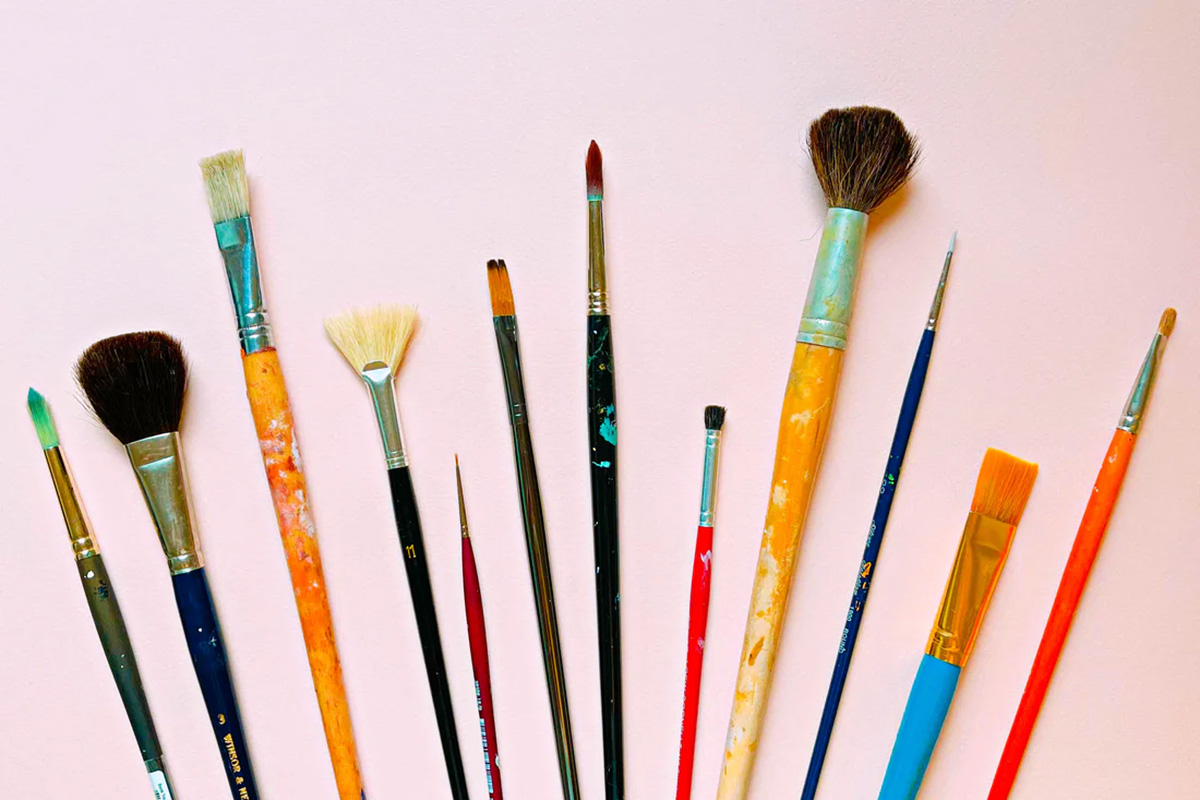
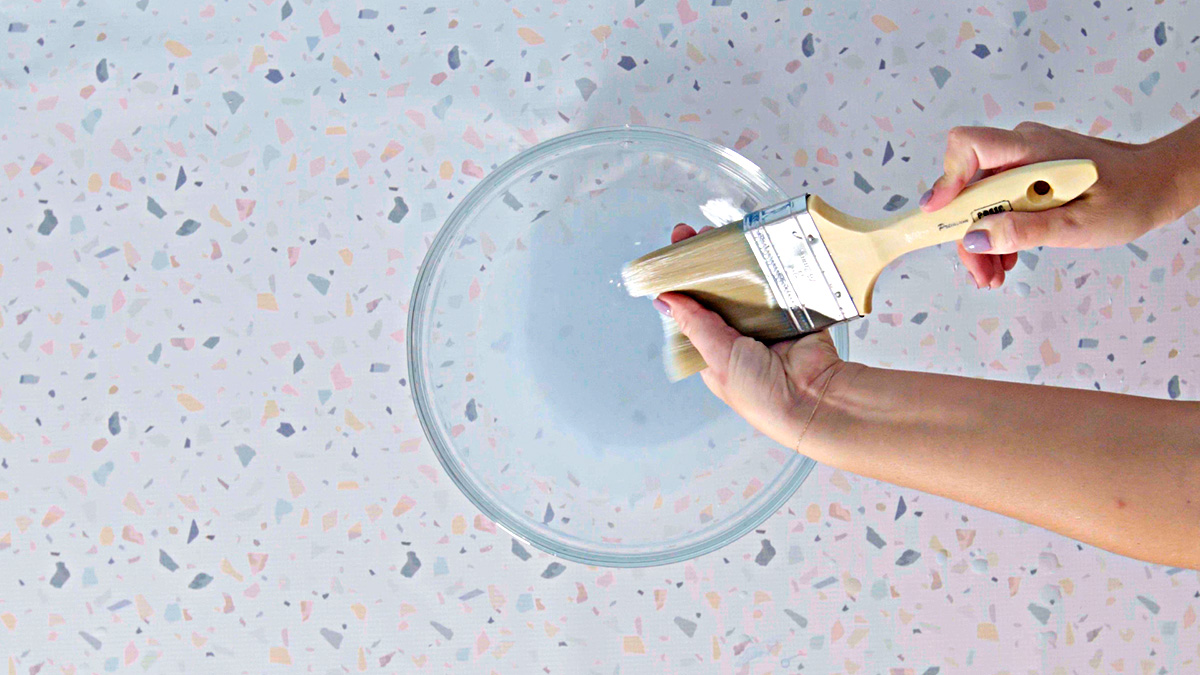
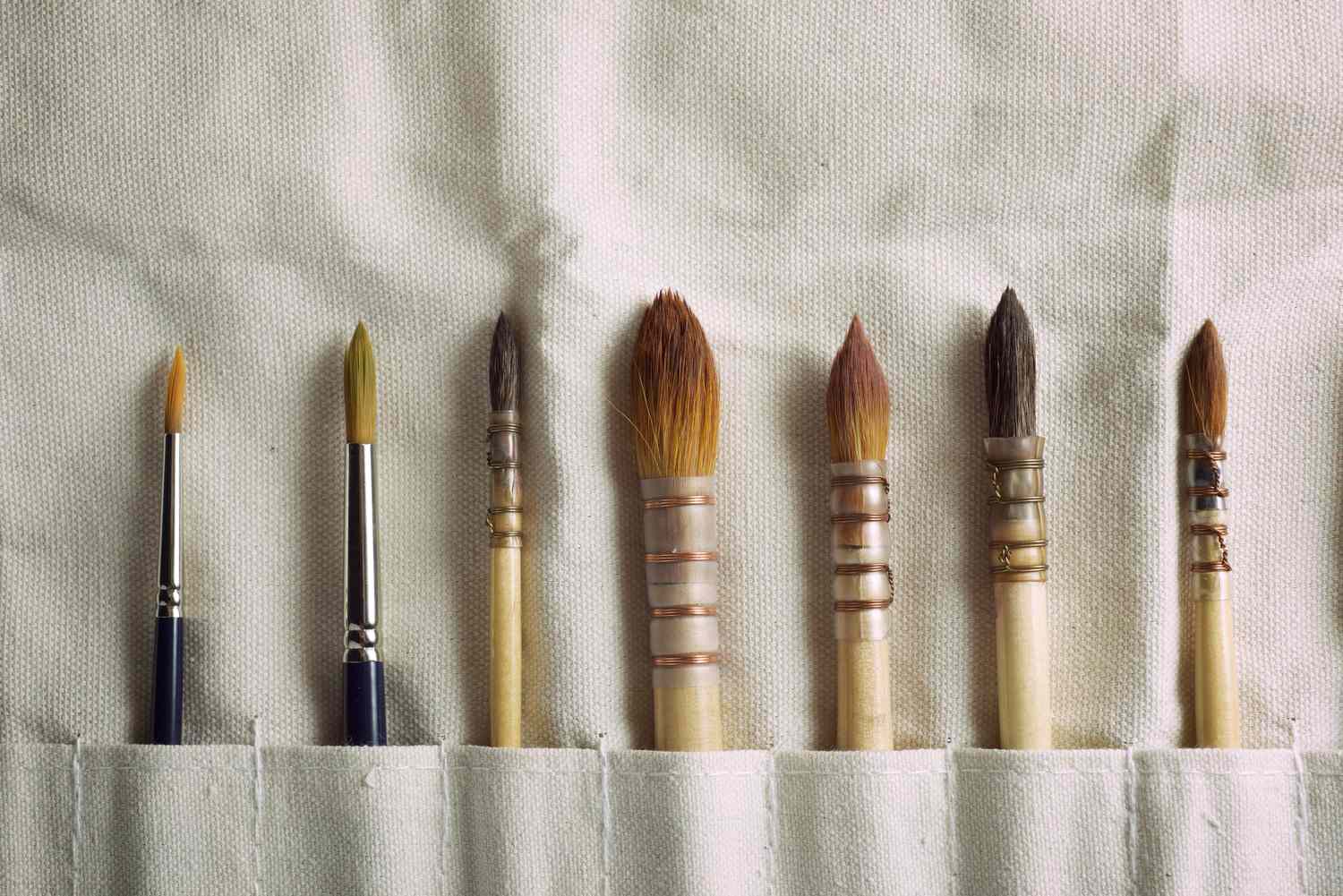
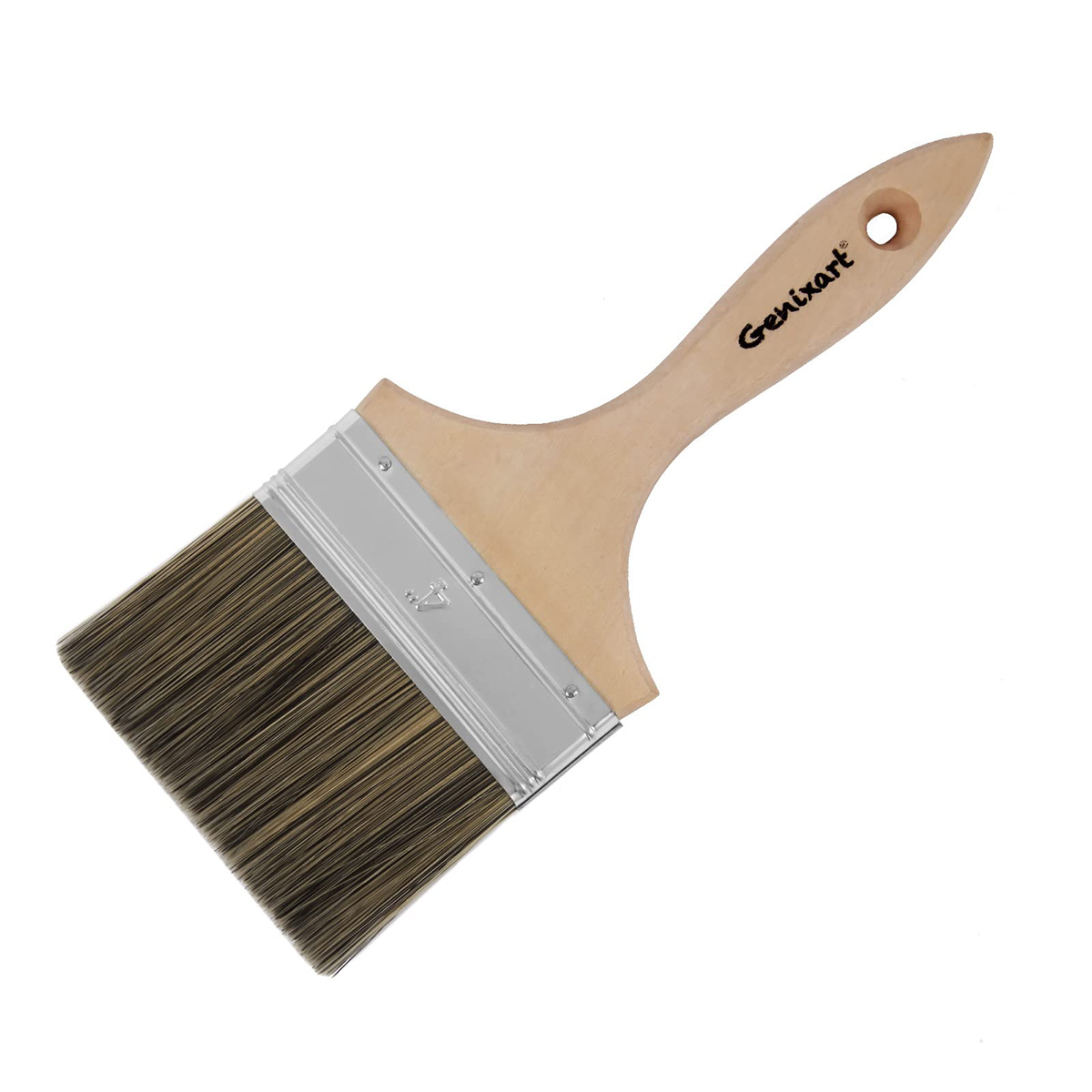
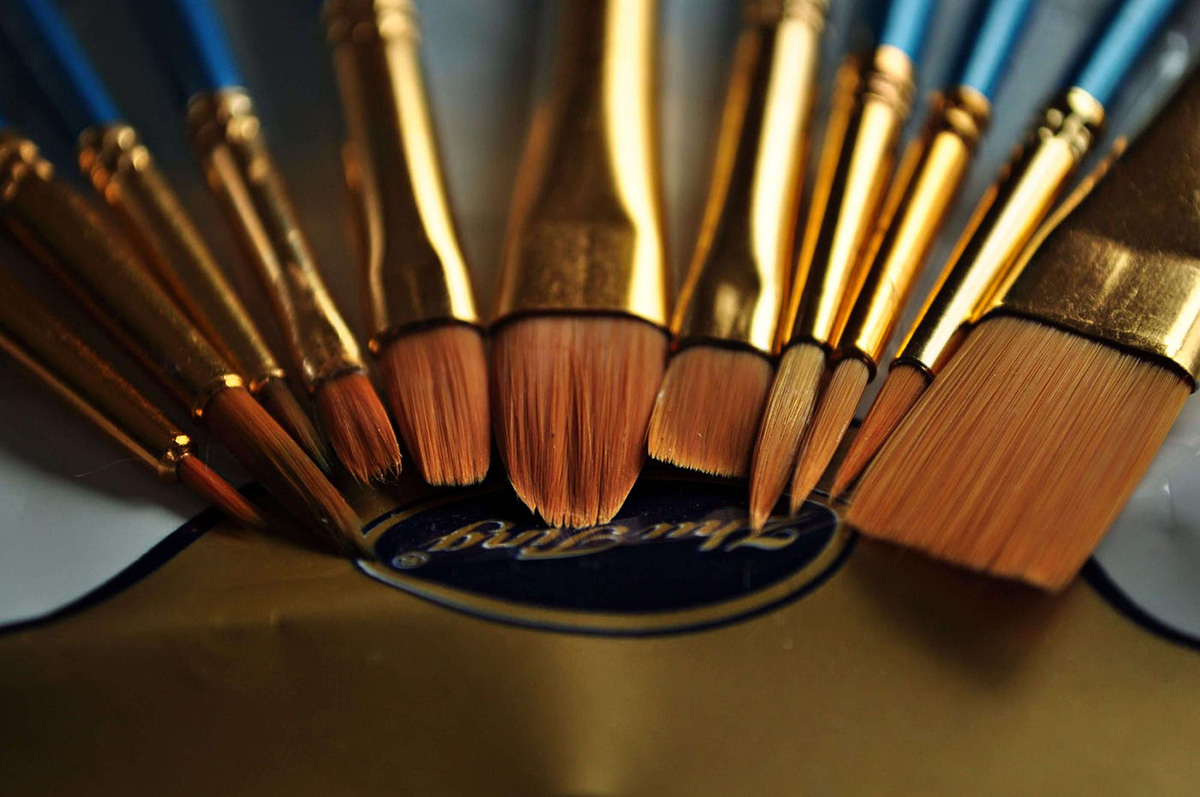
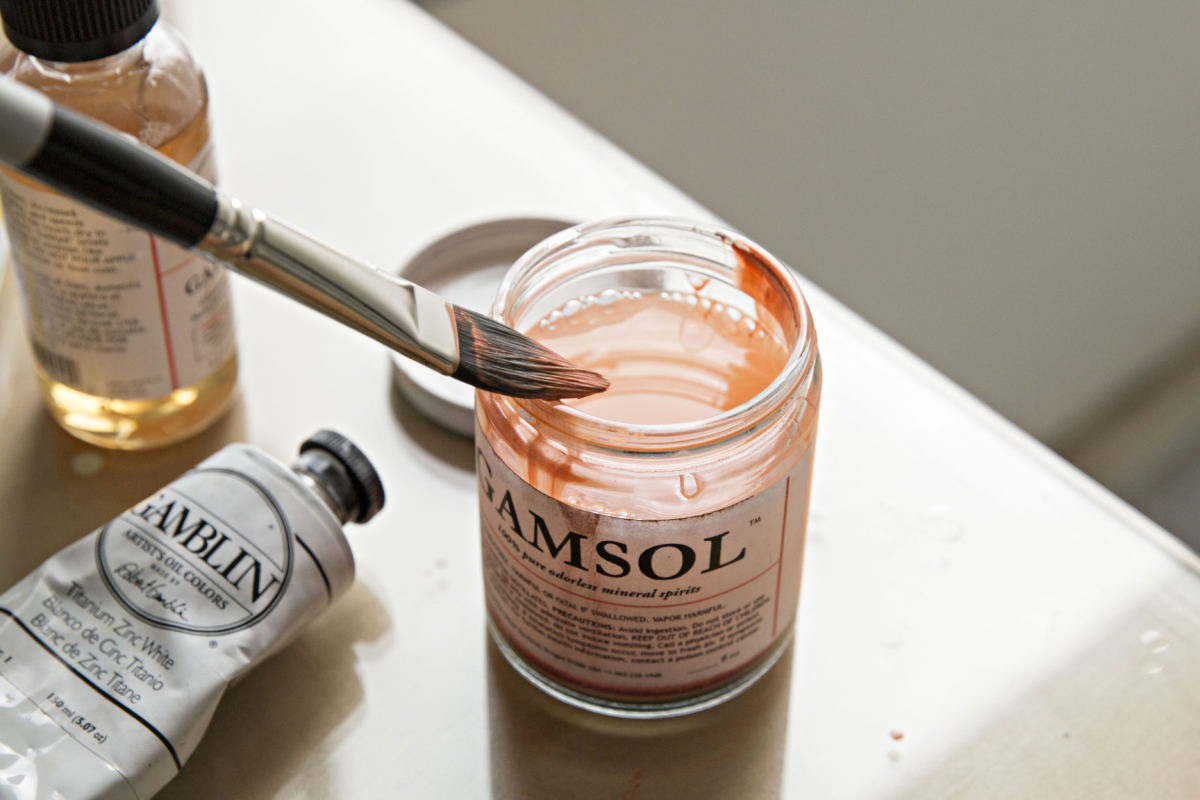
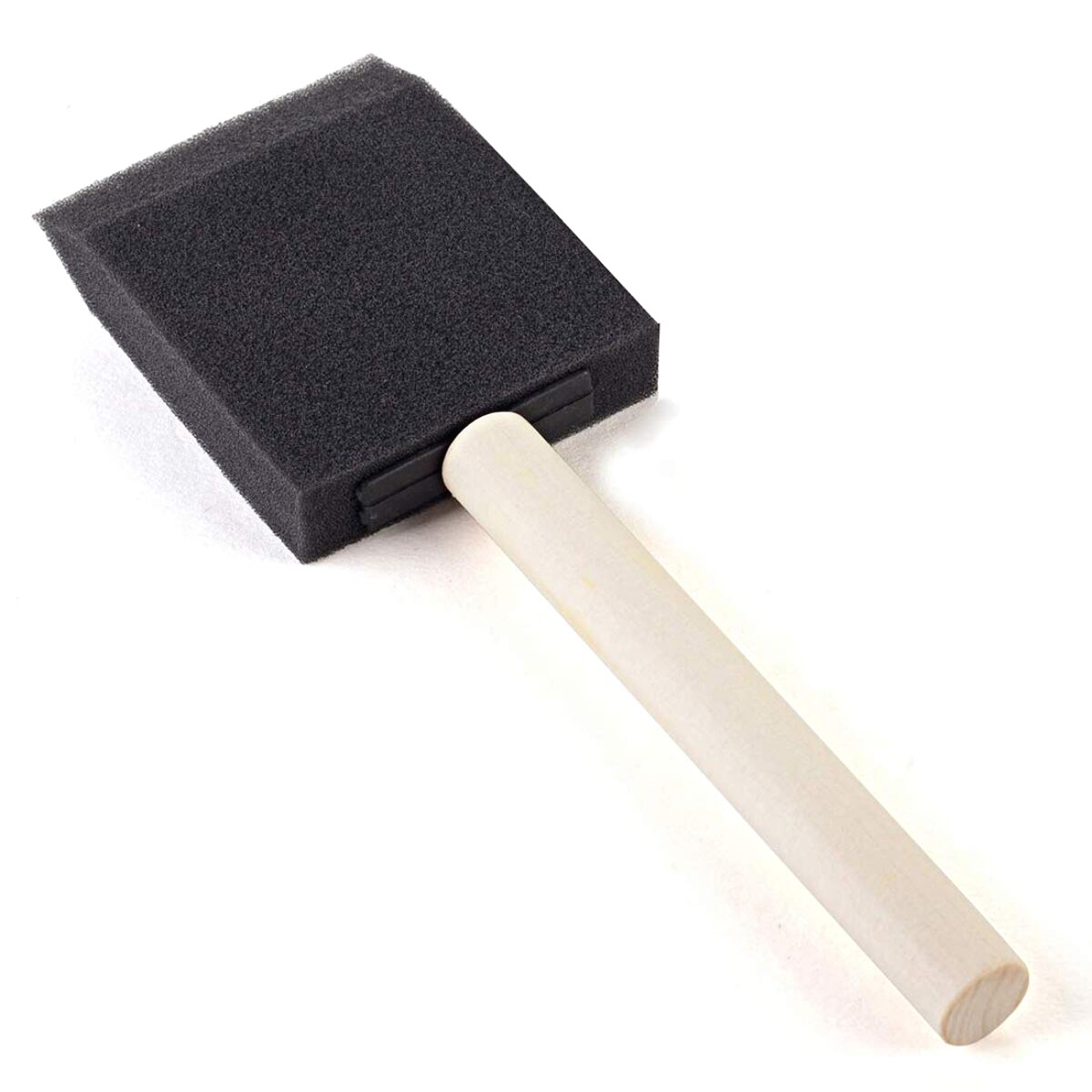
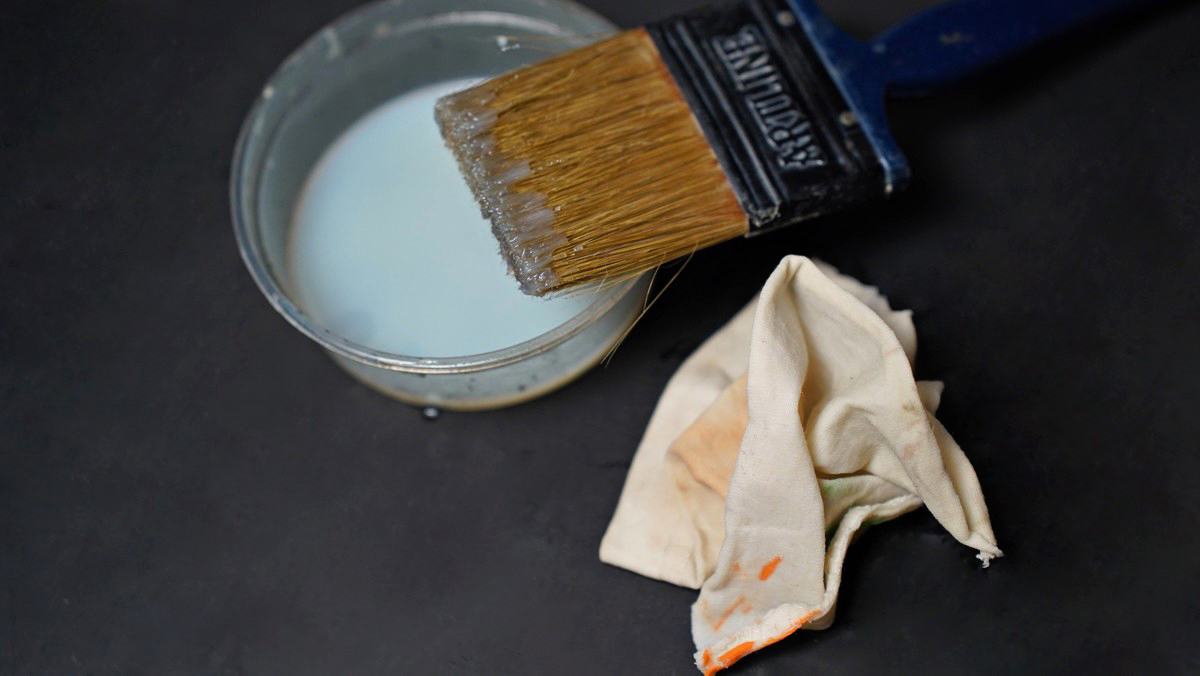
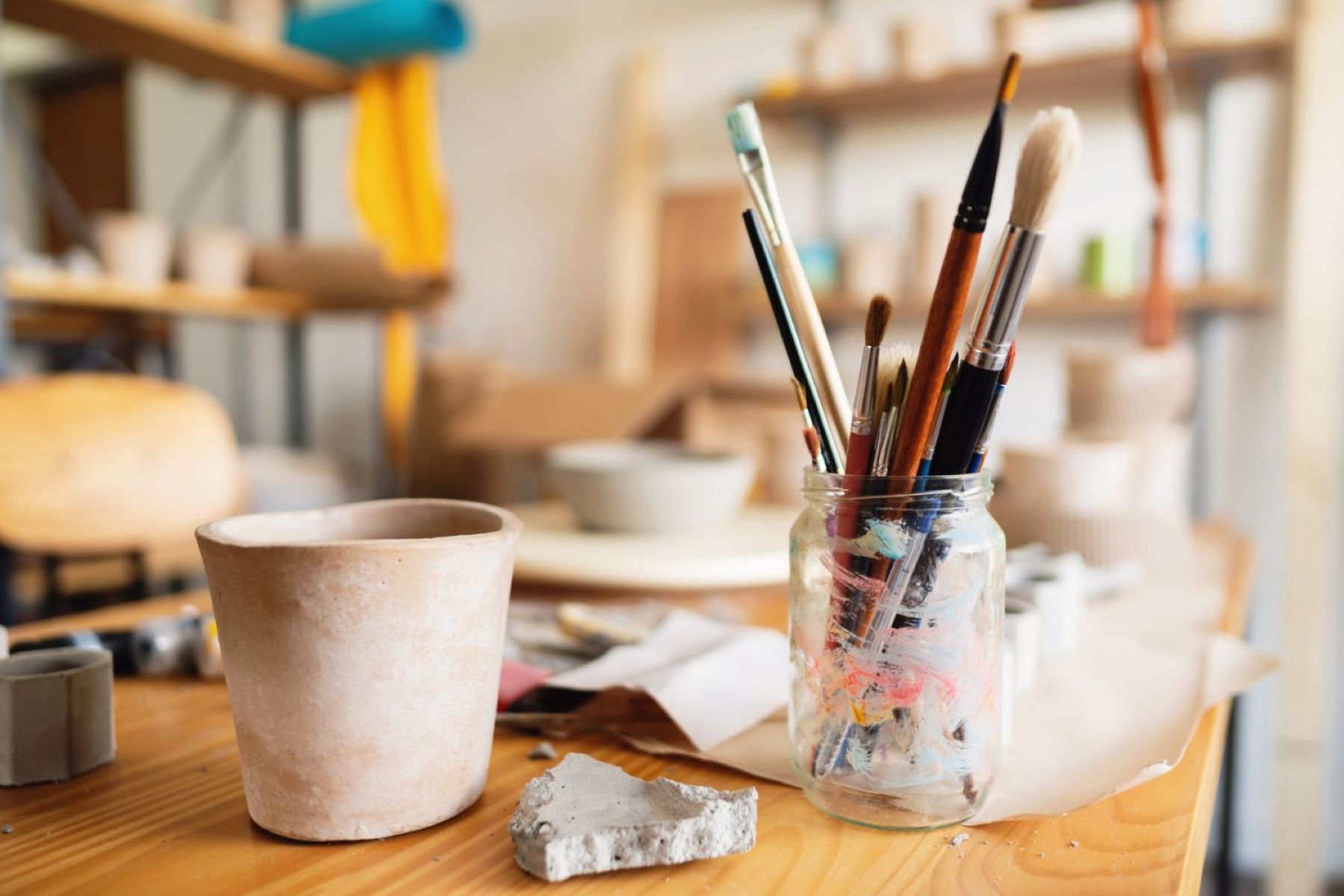
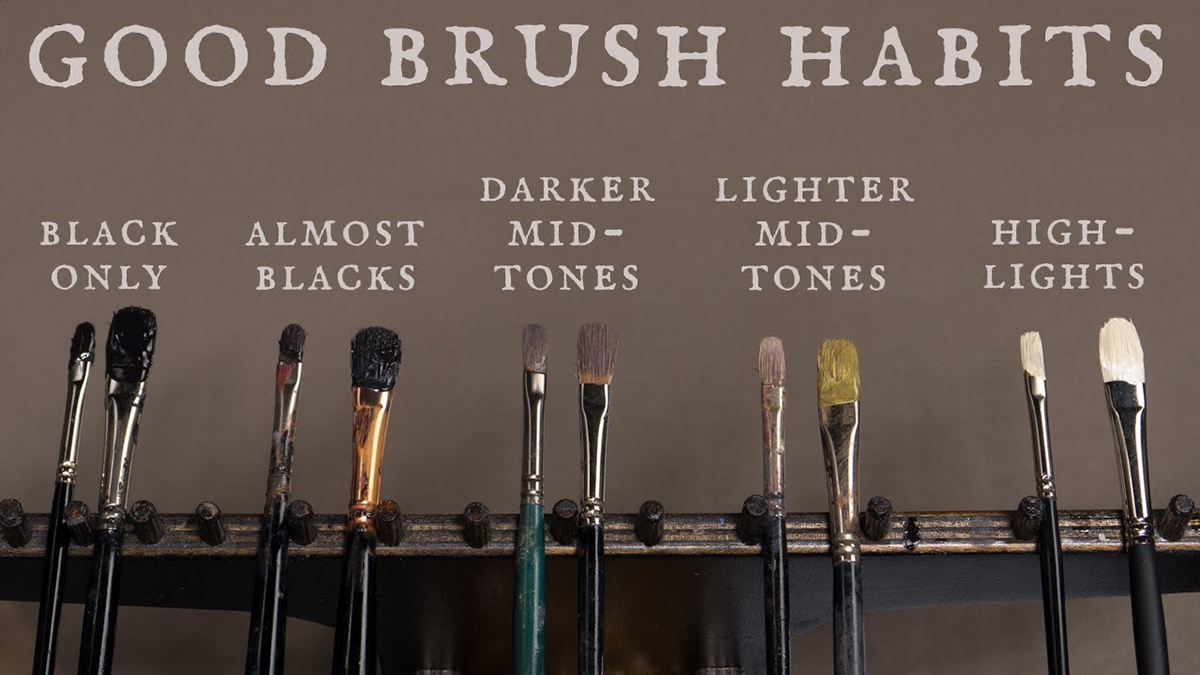
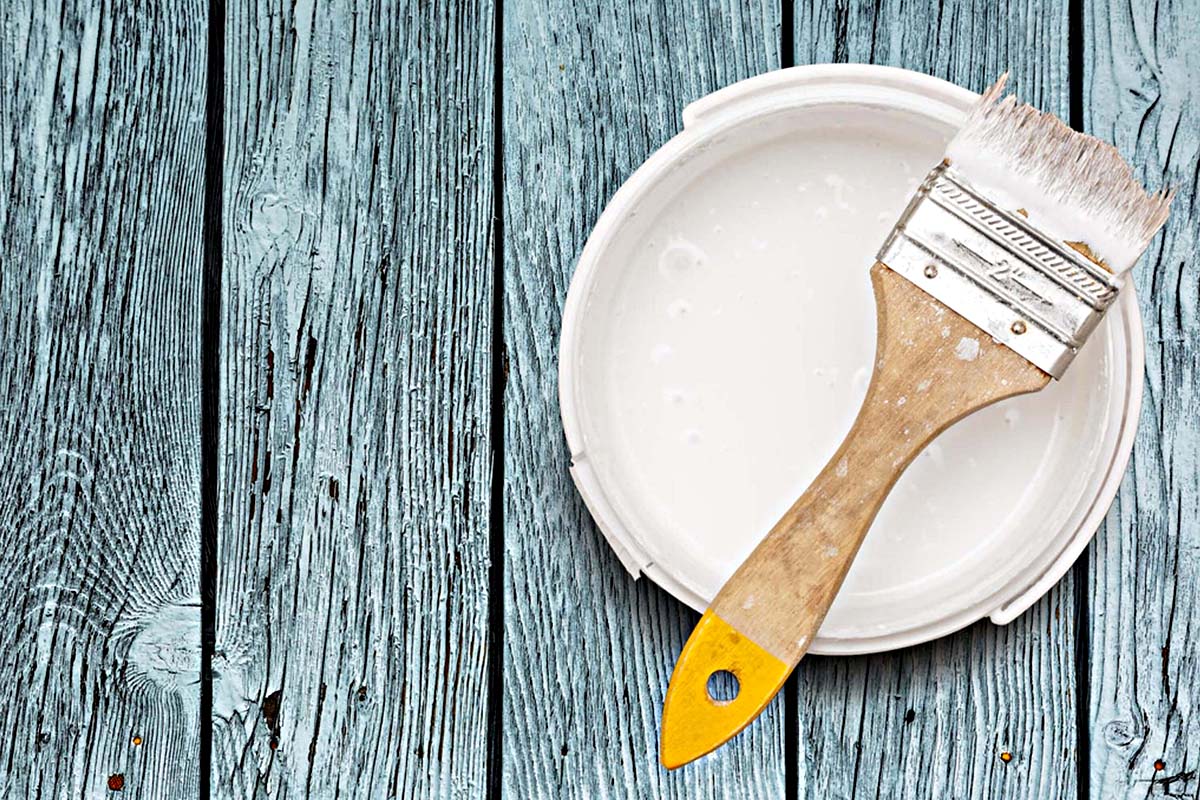
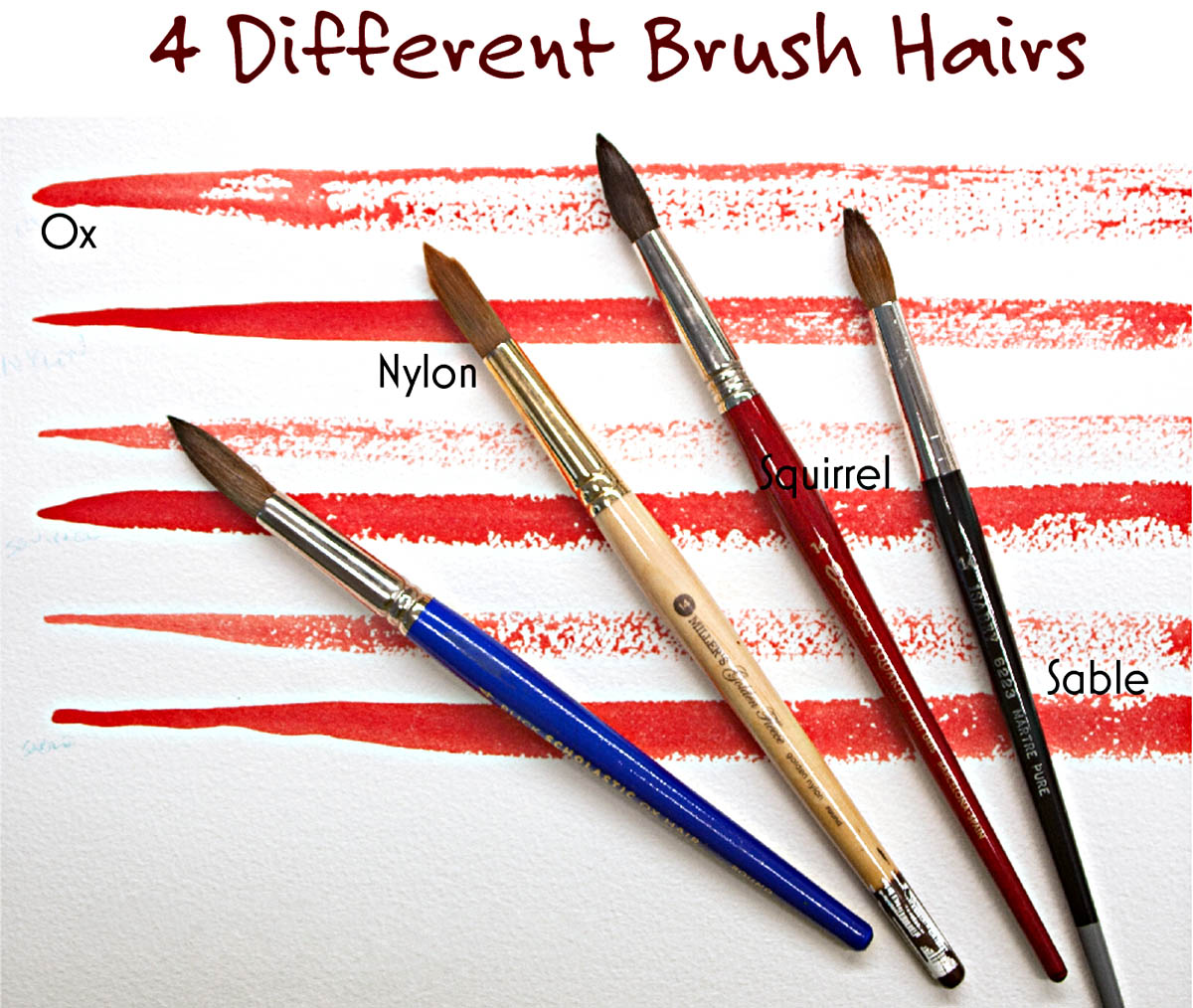
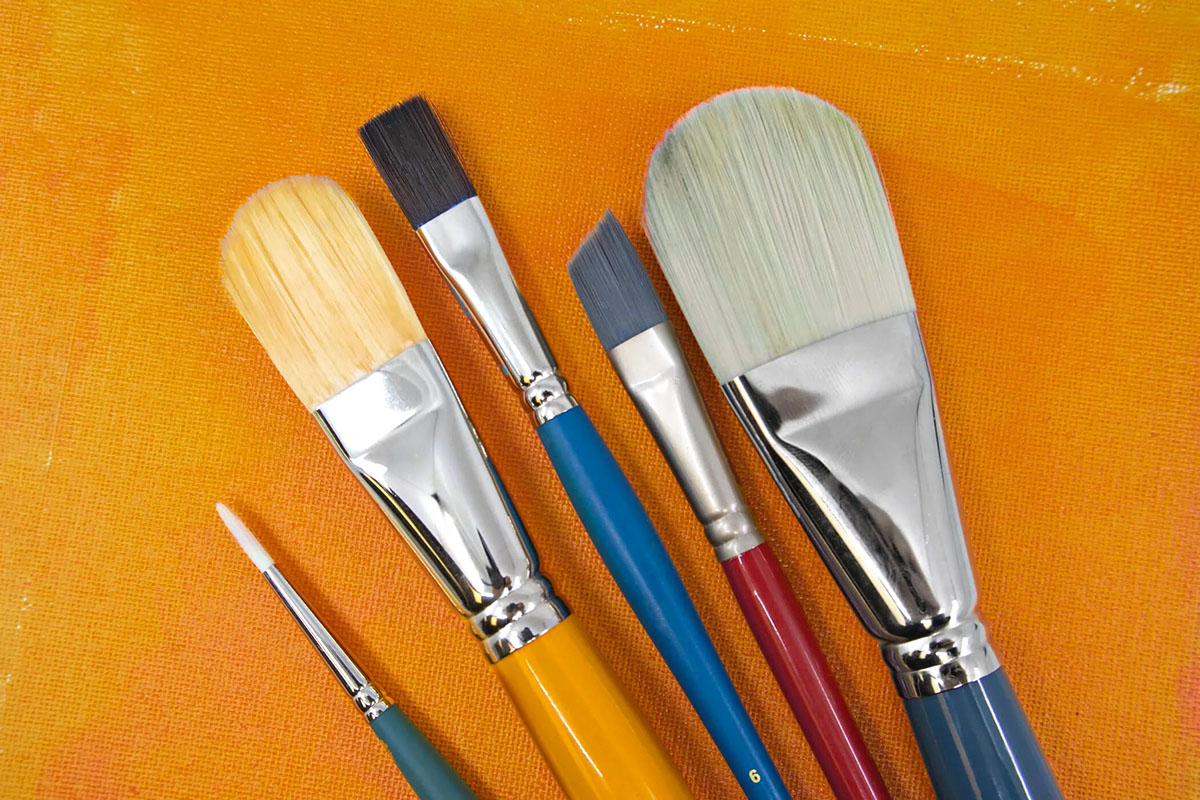
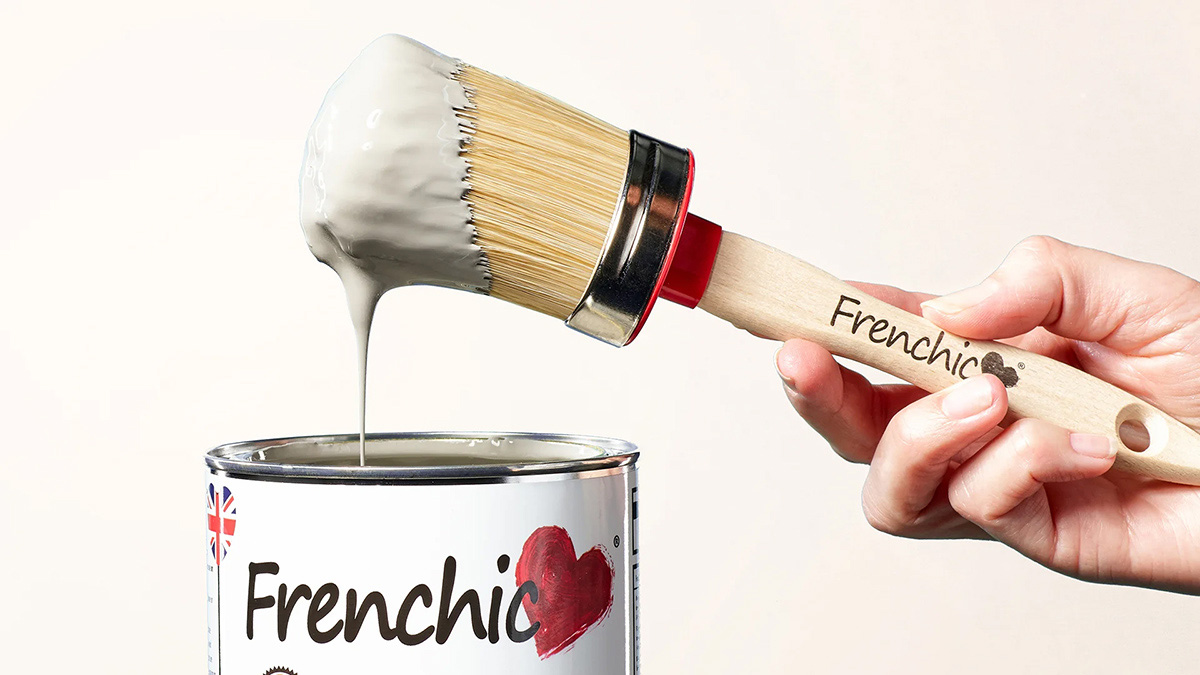
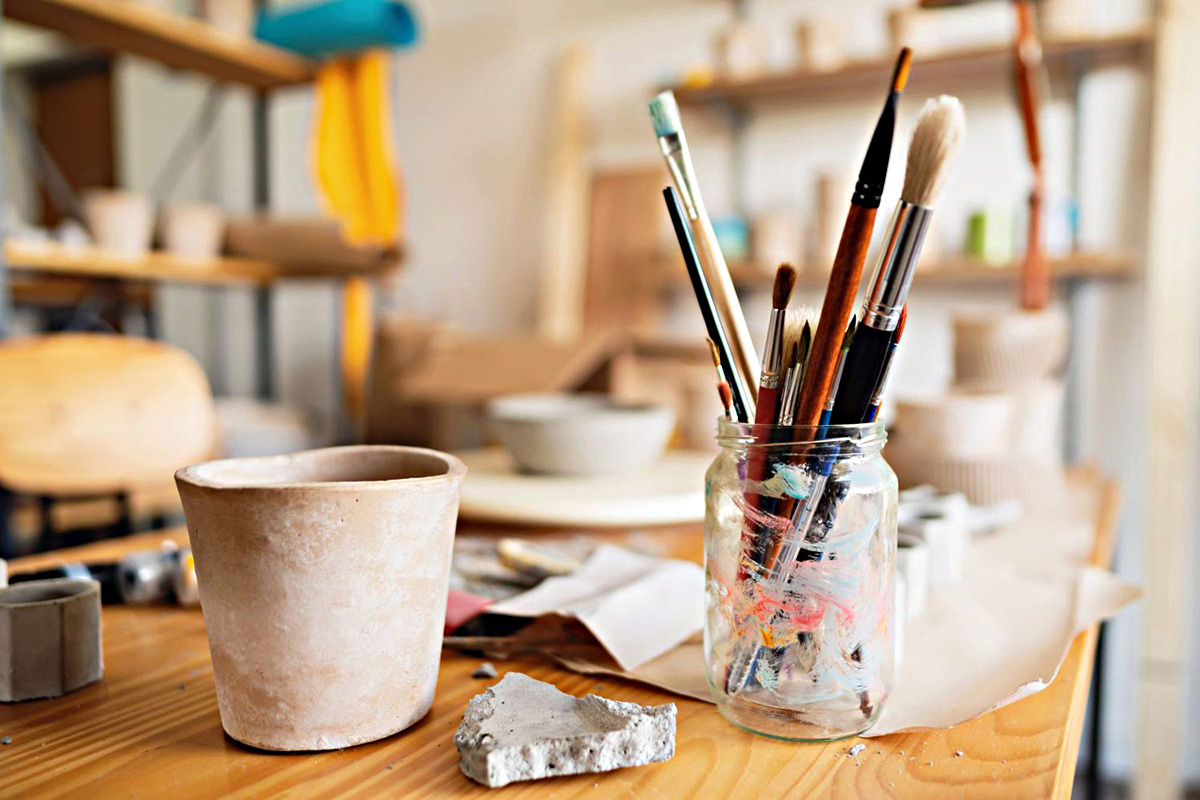

0 thoughts on “How To Restore Paint Brushes”